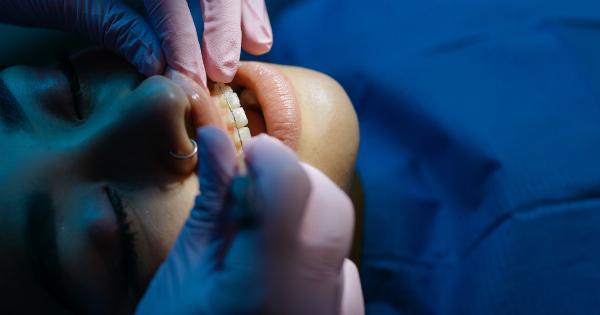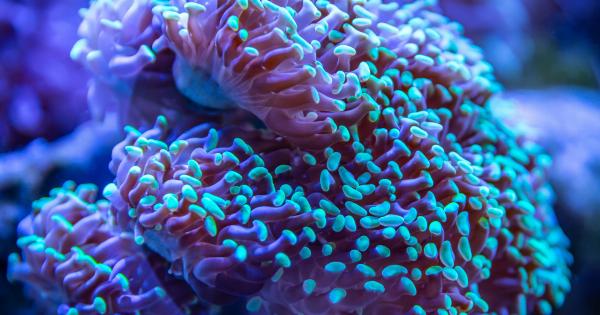Our kidneys play a crucial role in keeping our body healthy by filtering waste from our blood and making urine. Urine color can be an indicator of our health.
It is important to know what different colors may suggest for our overall health or any kidney problems that could be present. Some changes in urine color can be normal, while others may indicate an underlying health condition that requires medical attention. In this article, we will discuss how to detect kidney problems through urine color.
What does normal urine color look like?
Normal urine color is pale yellow or straw-colored. It can range from clear to slightly cloudy. Urine color can be affected by the food we eat, how hydrated we are, and the medicines we take.
What does abnormal urine color look like?
Abnormal urine color can range from red and pink to green and black. Here are some possible reasons for different colors:.
- Red or pink: This could suggest the presence of blood in urine. Blood in urine could be an indication of a urinary tract infection, kidney stones, or even kidney cancer.
- Orange: Orange urine color could indicate dehydration or liver disease.
- Green or blue: These colors could indicate a rare genetic condition called hypercalcemia, which may be linked to kidney problems.
- Dark brown or black: This could be a sign of liver problems or a rare genetic disorder called alkaptonuria. Alkaptonuria can lead to joint and spine problems and affect the kidneys as well.
When should I see a doctor about abnormal urine color?
If you notice a change in urine color that lasts more than a day or two, or you experience other unusual symptoms such as pain during urination, it is important to see a doctor.
They can help to determine the cause and whether any further tests or treatment is necessary.
Can other factors affect urine color?
As previously mentioned, urine color can also be affected by other factors such as:.
- Dehydration: Not drinking enough water can cause urine to become darker and more concentrated.
- Foods: Some foods such as beetroot and berries can cause urine to become pink or red.
- Vitamins: Vitamins B and C can also affect urine color, sometimes making it appear bright yellow or green.
- Medications: Certain medications such as rifampin, phenazopyridine, and laxatives can also change urine color temporarily.
Preventing kidney problems from occurring
While some kidney problems may be difficult to prevent, there are some things that can be done to help keep the kidneys healthy:.
- Drink plenty of water: This can help to keep urine diluted and prevent the formation of kidney stones.
- Eat a healthy diet: Eating a diet that is low in salt, saturated fat and sugar, and high in fiber can help to promote good kidney health.
- Quit smoking: Smoking can damage blood vessels, including those that supply the kidneys, which can lead to kidney problems.
- Maintain a healthy weight: Being overweight or obese can increase the risk of developing kidney disease.
Treatment for kidney problems
The type of treatment for kidney problems will depend on the underlying cause of the problem. Some common treatments for kidney problems include:.
- Medications: Medications may be prescribed to treat specific kidney problems, such as high blood pressure or kidney stones.
- Dialysis: In severe cases where the kidneys are no longer able to function effectively, dialysis may be necessary to remove waste products from the blood.
- Kidney transplant: As a last resort, a kidney transplant may be necessary if both kidneys have failed completely.
Conclusion
Urine color can be an important indicator of our kidney health. It is important to be aware of any changes in urine color and to seek medical attention if necessary.
Maintaining a healthy lifestyle by drinking plenty of water, eating a healthy diet, and quitting smoking can help to prevent kidney problems from occurring. If you do experience any kidney problems, there are a number of treatments available to help manage the condition.



























